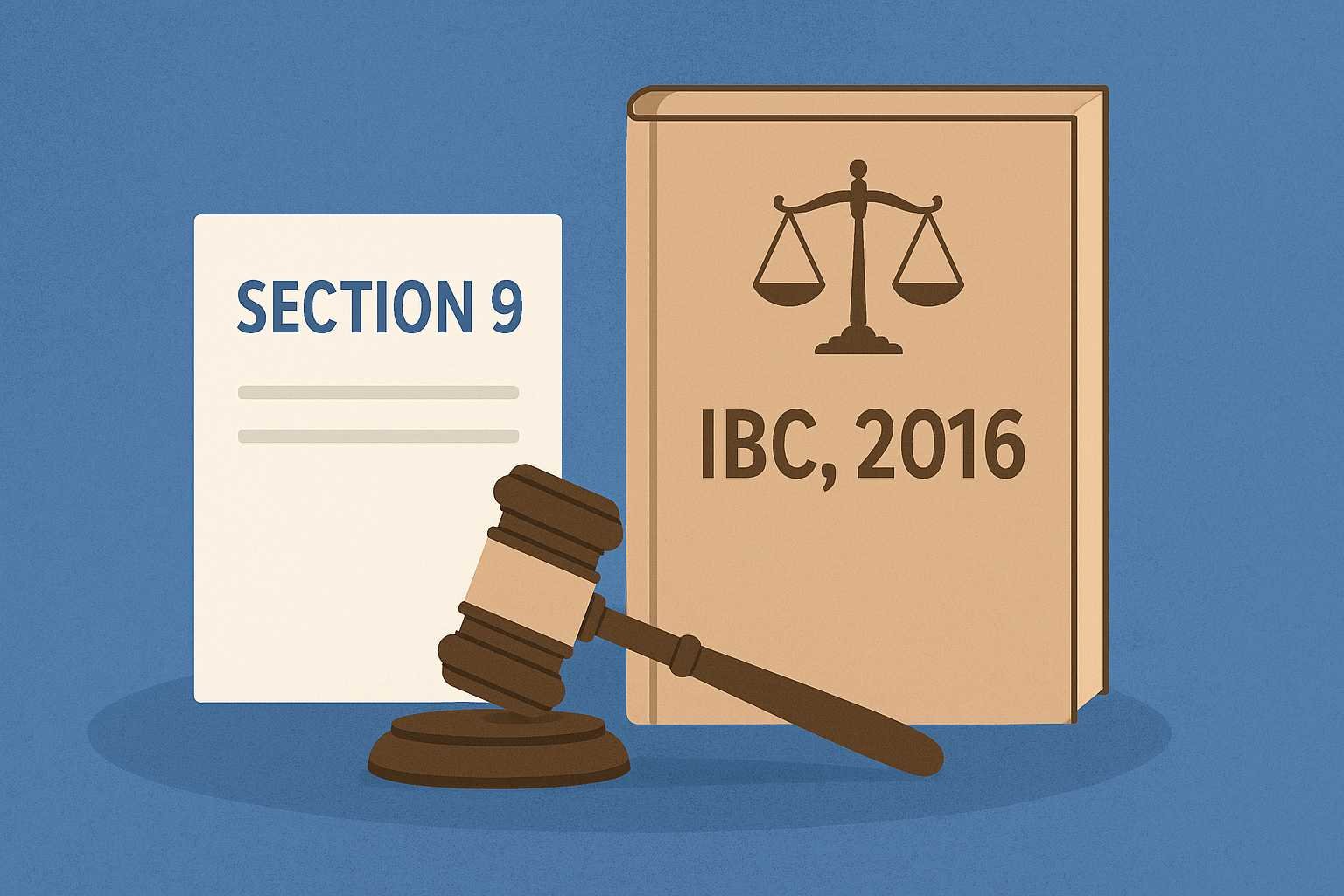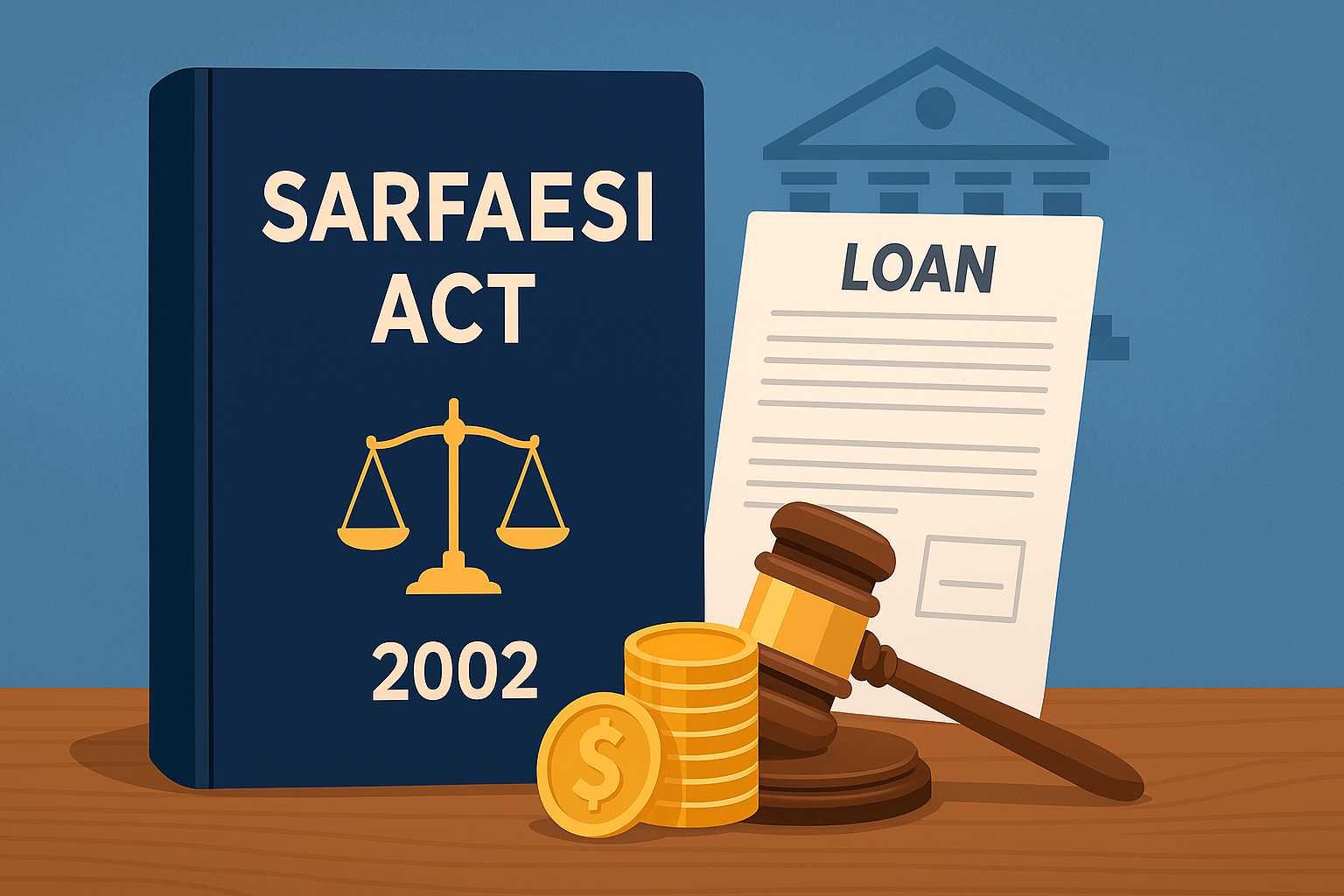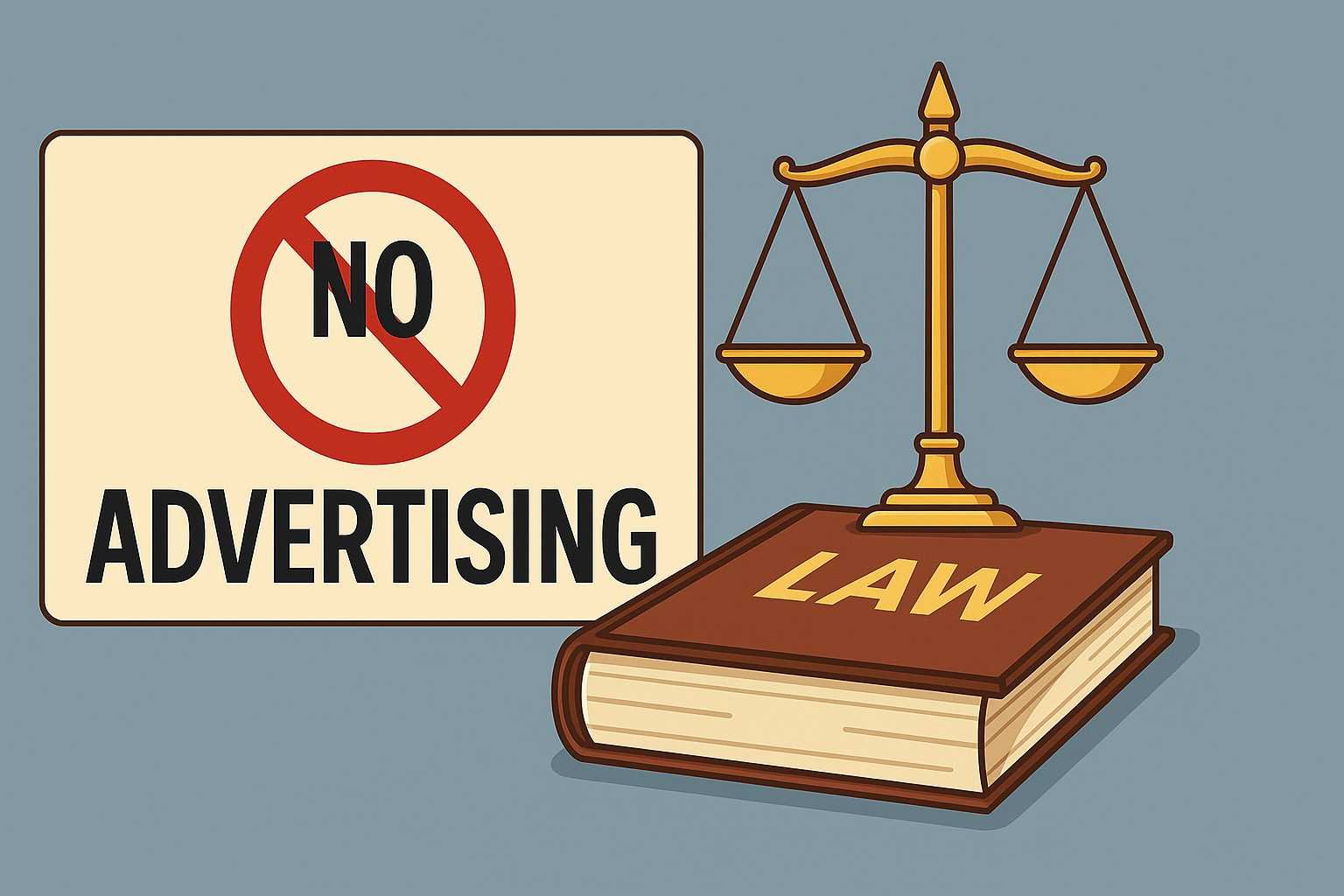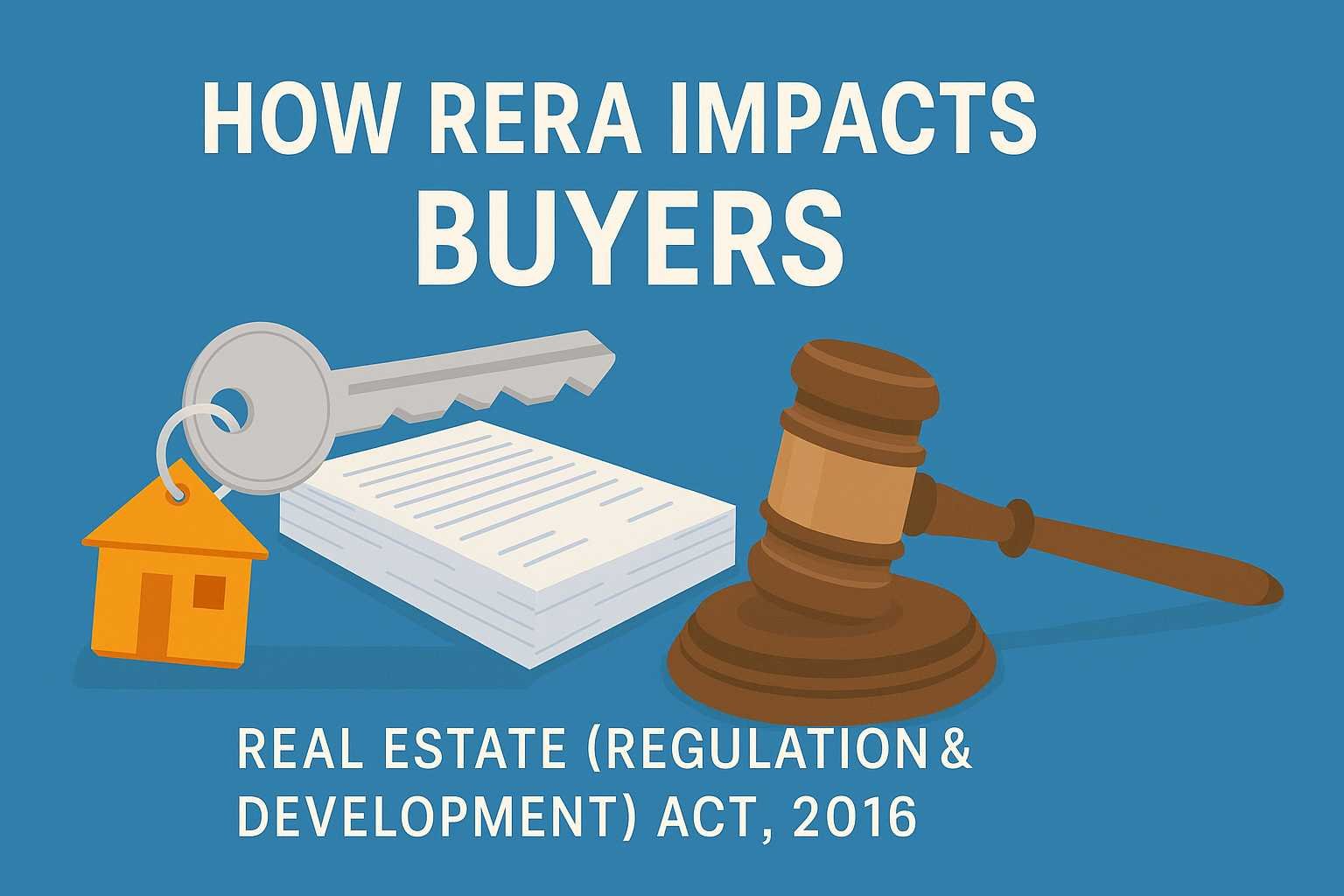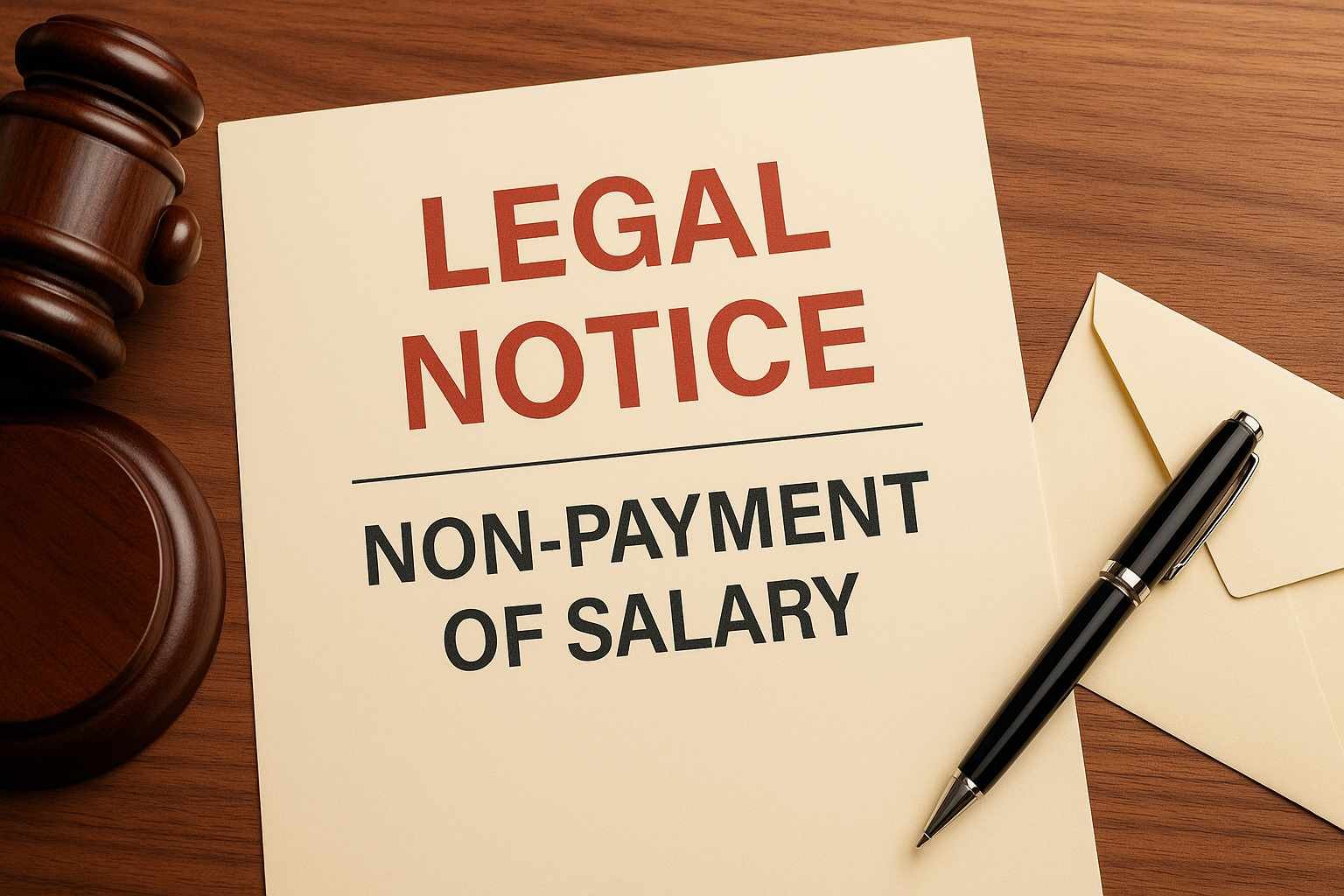On this page you will read detailed information about Section 9 of the Insolvency and Bankruptcy Code (IBC), 2016.
The Insolvency and Bankruptcy Code, 2016 (IBC) is one of the most transformative economic legislations in India’s history. It consolidated and simplified the insolvency process for companies, partnerships, and individuals, creating a time-bound and creditor-driven mechanism to resolve financial distress.
Among its key provisions, Section 9 plays a critical role — it empowers operational creditors to initiate insolvency proceedings against defaulting companies.
This blog provides a comprehensive understanding of Section 9 of the IBC, covering its purpose, procedure, legal interpretation, and latest developments up to 2025.
1. Overview of the IBC, 2016
The Insolvency and Bankruptcy Code (IBC) was enacted to streamline and unify India’s insolvency framework. Before IBC, multiple laws like the SICA, Companies Act, and SARFAESI Act governed insolvency, resulting in delay and inefficiency.
IBC introduced a time-bound resolution process (180–330 days) under the supervision of the National Company Law Tribunal (NCLT). It applies to:
- Companies
- Limited Liability Partnerships (LLPs)
- Partnership firms
- Individuals
The Code recognizes two primary types of creditors:
- Financial Creditors – Lenders such as banks or NBFCs (covered under Section 7).
- Operational Creditors – Suppliers of goods or services (covered under Section 9).
2. What is Section 9 of the IBC, 2016?
Section 9 of the IBC deals with the “Application for initiation of Corporate Insolvency Resolution Process (CIRP) by an Operational Creditor.”
In simple terms, it allows an operational creditor — such as a supplier, vendor, or service provider — to initiate insolvency proceedings against a company that fails to pay its dues.
3. Legal Text of Section 9
The core provision of Section 9(1) states:
“After the expiry of the period of ten days from the date of delivery of the notice or invoice demanding payment under sub-section (1) of Section 8, if the operational creditor does not receive payment from the corporate debtor or notice of dispute, he may file an application before the Adjudicating Authority for initiating a corporate insolvency resolution process.”
In essence:
If a company (corporate debtor) fails to pay an operational debt exceeding ₹1 crore within 10 days after a formal demand notice, the operational creditor can approach the NCLT to start insolvency proceedings.
4. Distinction Between Section 7 and Section 9
| Aspect | Section 7 (Financial Creditor) | Section 9 (Operational Creditor) |
|---|---|---|
| Who can file | Banks, NBFCs, or financial lenders | Suppliers, service providers, vendors |
| Nature of debt | Financial debt (loans, interest, credit facilities) | Operational debt (goods/services) |
| Pre-condition | No need for prior notice | Mandatory notice under Section 8 |
| Threshold | ₹1 crore and above | ₹1 crore and above |
| Evidence required | Loan agreements, financial contracts | Invoices, purchase orders, delivery receipts |
| Objective | Recovery of financial lending | Recovery of trade/service dues |
5. Step-by-Step Procedure Under Section 9
Let’s break down the process operational creditors must follow before initiating insolvency proceedings.
Step 1: Issue a Demand Notice (Section 8 Notice)
Before approaching the NCLT, the operational creditor must serve a written demand notice to the corporate debtor under Section 8(1).
The notice must include:
- Details of the operational debt.
- The amount in default.
- Date(s) of default.
- Supporting invoices or purchase orders.
Once received, the debtor has 10 days to:
- Pay the outstanding amount, or
- Notify the creditor of an existing dispute (with proof).
If the debtor neither pays nor raises a valid dispute within 10 days, the creditor may proceed to file an application under Section 9.
Step 2: Filing of Application Before NCLT
After the 10-day period, the operational creditor can file an application in Form 5 under Rule 6 of the Insolvency and Bankruptcy (Application to Adjudicating Authority) Rules, 2016.
The application must include:
- Copy of the demand notice served under Section 8.
- Proof of service of notice (e.g., postal receipt, email acknowledgment).
- Copy of invoices, purchase orders, or contracts.
- An affidavit stating that there is no notice of dispute pending.
- Details of the proposed Interim Resolution Professional (IRP).
- Proof of payment of prescribed fee.
Step 3: Admission or Rejection by NCLT
Upon receiving the application, the NCLT must decide within 14 days whether to admit or reject it.
The NCLT will admit the application if:
- The debt is above the threshold limit (₹1 crore).
- The debt is due and payable.
- There is no pre-existing dispute.
- All documents and procedures under Section 8 are properly complied with.
Once admitted, the Corporate Insolvency Resolution Process (CIRP) formally begins.
If rejected:
NCLT will record reasons in writing. However, the creditor can rectify defects and refile the application within 7 days.
Step 4: Commencement of CIRP
Upon admission:
- A moratorium is declared under Section 14 — preventing any suits, foreclosures, or recovery actions against the debtor.
- The Interim Resolution Professional (IRP) takes control of the company’s operations.
- A public announcement is made inviting all creditors to submit claims.
- The process must be completed within 180 days (extendable up to 330 days).
In the previous post, we had shared information about How to deal with a False Cheque Bounce Case?, so read that post also.
6. Threshold Limit for Initiating Insolvency
The Central Government notification dated 24 March 2020 raised the minimum default limit from ₹1 lakh to ₹1 crore for filing applications under Sections 7, 9, and 10 of the IBC.
This limit remains unchanged as of October 2025.
This amendment was intended to protect micro, small, and medium enterprises (MSMEs) from unnecessary insolvency actions during financial disruptions such as the COVID-19 pandemic.
7. Pre-Existing Dispute: The Most Crucial Factor
The concept of “pre-existing dispute” is central to Section 9 cases.
As per the Supreme Court in Mobilox Innovations Pvt. Ltd. v. Kirusa Software Pvt. Ltd. (2018) 1 SCC 353:
“If there exists a genuine dispute between the parties prior to the issuance of the demand notice, the application under Section 9 must be rejected.”
This means NCLT is not a debt recovery forum — it is meant only for cases where there is no genuine dispute about the debt.
Example:
If a company claims that goods were defective or services were not rendered as per contract before the demand notice, NCLT cannot initiate insolvency proceedings under Section 9.
8. Role of the Operational Creditor
Operational creditors often have smaller claims compared to financial creditors, yet they play a crucial role in the insolvency ecosystem.
However, unlike financial creditors, operational creditors do not have voting rights in the Committee of Creditors (CoC) unless their debt forms part of the resolution plan.
Still, they are entitled to minimum payments as per Section 30(2)(b) — generally not less than what they would receive in liquidation.
9. Landmark Judicial Interpretations (2019–2025)
(a) Mobilox Innovations v. Kirusa Software (2018)
Clarified the test for “existence of dispute.” NCLT must examine whether the dispute is plausible, not necessarily proven.
(b) Kay Bouvet Engineering Ltd. v. Overseas Infrastructure Alliance (2021)
Held that a mere reply to a demand notice without substantiated evidence is not sufficient to constitute a dispute.
(c) Rajasthan Cylinders v. Continental Carbon India (2023)
Reiterated that supply-chain disputes based on contractual interpretation cannot be used to delay genuine insolvency actions.
(d) NCLAT (2024):
Introduced E-filing protocols for Section 9 applications and mandated digital authentication of invoices under GST law to prevent fabricated claims.
10. Common Grounds for Rejection by NCLT
Applications under Section 9 are often rejected due to:
- Pre-existing contractual dispute.
- Amount of debt below ₹1 crore.
- Incomplete documentation or procedural defects.
- Delay or limitation (claims older than 3 years).
- Failure to prove service of demand notice.
Hence, operational creditors must ensure meticulous compliance with statutory requirements.
11. Latest Developments (2024–2025)
- E-Insolvency Platform (2024): Ministry of Corporate Affairs launched a centralized e-IBC portal integrating e-filing, AI-based scrutiny, and DRT/NCLT tracking for faster disposal.
- Fast-Track Resolution for MSMEs: Section 9 petitions by MSMEs now have 60-day fast-track clearance, introduced under the IBC (Amendment) Bill, 2024.
- AI-Powered Verification: NCLT benches now use AI verification tools to cross-check invoices with GST and e-way bill data.
These reforms aim to reduce fraudulent filings and enhance procedural efficiency.
Conclusion
Section 9 of the IBC, 2016 serves as a powerful tool for operational creditors to recover dues from defaulting companies through a structured insolvency process. It enforces financial discipline, promotes accountability, and ensures fairness in commercial dealings.
However, the section is not meant for routine recovery disputes — it applies only when there is no genuine pre-existing dispute.
As India continues to refine its insolvency framework through digital reforms and judicial consistency, Section 9 remains the backbone of operational debt enforcement, balancing creditor rights with debtor protections.
By 2025, the IBC — strengthened by technology and clarity — continues to drive India toward a faster, fairer, and more transparent insolvency ecosystem.
Disclaimer
The information and services on this website are not intended to and shall not be used as legal advice. You should consult a Legal Professional for any legal or solicited advice. While we have good faith and our own independent research to every information listed on the website and do our best to ensure that the data provided is accurate. However, we do not guarantee the information provided is accurate and make no representation or warranty of any kind, express or implied, regarding the accuracy, adequacy, validity, reliability, availability, or completeness of any information on the Site. UNDER NO CIRCUMSTANCES SHALL WE HAVE ANY LIABILITY TO YOU FOR ANY LOSS OR DAMAGE OF ANY KIND INCURRED AS A RESULT OR RELIANCE ON ANY INFORMATION PROVIDED ON THE SITE. YOUR USE OF THE SITE AND YOUR RELIANCE ON ANY INFORMATION ON THE SITE IS SOLELY AT YOUR OWN RISK. Comments on this website are the sole responsibility of their writers so the accuracy, completeness, veracity, honesty, factuality and politeness of comments are not guaranteed.
So friends, today we talked about Section 9 of the Insolvency and Bankruptcy Code (IBC), 2016, hope you liked our post.
If you liked the information about Section 9 of the Insolvency and Bankruptcy Code (IBC), 2016, then definitely share this article with your friends.
Knowing about laws can make you feel super smart ! If you find value in the content you may consider joining our not for profit Legal Community ! You can ask unlimited questions on WhatsApp and get answers. You can DM or send your name & number to 8208309918 on WhatsApp

